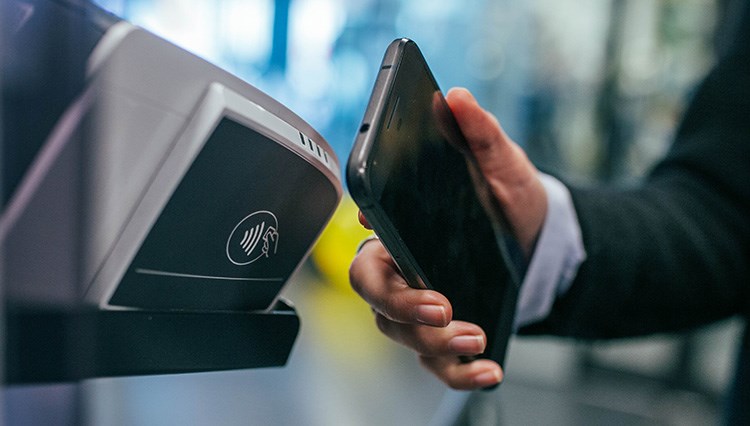
Social media has been our theme for our stock of the week poll. Our Twitter followers have, naturally, chosen Twitter over Facebook/Instagram (FB). At $50 billion in market cap, Twitter (TWTR) is a minnow in comparison with Facebook, which is worth over $1 trillion, but has outsized influence on the global social and political debate. Trump was the first US President to use Twitter to announce policies to his millions of followers, although his account was eventually suspended. More than 200 million people use the social media network every day, including A-list celebrities and high-profile sporting figures, which naturally draws in advertisers. Beyond the trolling, Bitcoin fanatics and retweets, is Twitter a good investment?
Twitter has always been an outlier in the US technology boom and was never seen by investors as part of the original group of FAANGs (Facebook, Amazon, Apple, Netflix and Google), which have gone from strength to strength in the last decade. Twitter had an amazing first day as a public company, with shares surging by more than 70%, and the share price is up 165% since the IPO price of $26 per share. In the context of America’s great tech boom, this isn’t that impressive: Facebook struggled after its IPO but has multiplied investors’ money by 10 times over a similar period.
Twitter Share Price Since IPO
Twitter has a 3-star rating, meaning it is fairly valued, but Morningstar analyst Ali Mogharabi says potential buyers should wait for a margin of safety before investing. After the latest set of second quarter results, the fair value was increased from $52 to $58 per share. But this is still below the current share price just shy of $70 after a strong run up since May. “Twitter reported excellent second-quarter results that exceeded our expectations,” says Mogharabi, who expects further growth in advertising spending as the global economy recovers. Comparisons with the second quarter of 2020 will always be flattering for companies reporting now, but Twitter beat forecasts on a number of metrics. Total revenue was up 74% year on year to $1.19 billion, and advertising revenue increased by 87% to just over $1.05 billion. The majority of that revenue is brand advertising, which involves an advertiser showing a product image in between native tweets. “Direct response” ads are more targeted with a higher click rate – people who follow food and drink influencers, for example, are selected by Twitter and served ads offering deals on luxury coffee etc. Our analysts expect this part of the advertising mix to grow in the coming years.
The 13% growth in global user numbers over the year is on a shallower trajectory to advertising, and this explains why Twitter doesn’t have an economic moat. For social media companies, it’s vital that they keep adding more users every year to appeal to companies who want to advertise on them. This is known as a “network” effect, where data becomes more valuable the more people use a service or product. “Slower user growth could make higher monetization of users an increasingly difficult task as advertisers may allocate a bit more toward other platforms such as Snap, which has a faster-growing user base,” says Mogharabi. “Although Twitter remains popular, in our opinion, its monthly active user base does not stand out from other social networks such as Facebook (1.86 billion), Instagram (600 million), and the fast-growing Snapchat.” Twitter’s struggle to keep up with Facebook was made harder by the social media giant buying Instagram in 2012. Mogharabi notes also that people use Twitter more sporadically than other social media networks. An event like the Olympics, a US Election or SuperBowl, will see a spike in users but this often drops off sharply after the event.
Data Breaches and Hate Speech
While Twitter’s ESG Risk Rating is low, as measured by ratings agency Sustainalytics, data privacy and protection are growing issues for social media companies. Last year Twitter suffered a data breach that compromised accounts held by 130 public figures; these hacked accounts then posted links to Bitcoin scams. The company acted quickly to lock the accounts, but Sustainalytics is still unsure that the right protocols are in place to stop another attack. “It remains to be seen if Twitter can make the necessary changes to prevent a recurrence of similar breaches that are the result of its employees failing to take appropriate precautions,” it says. Sustainalytics also says the wider industry has a number of ways it can improve, in monitoring hate speech, making sure users know the difference between ads and other content. Social media firms also have a responsibility during the pandemic to make sure that deliberate misinformation (say, over vaccine efficacy) is removed from the site.





























